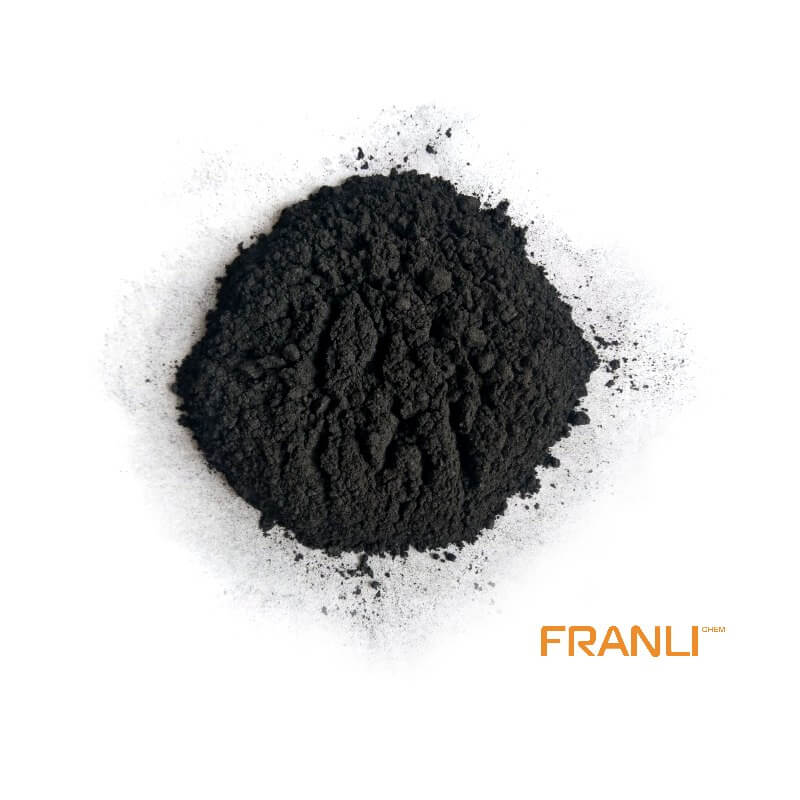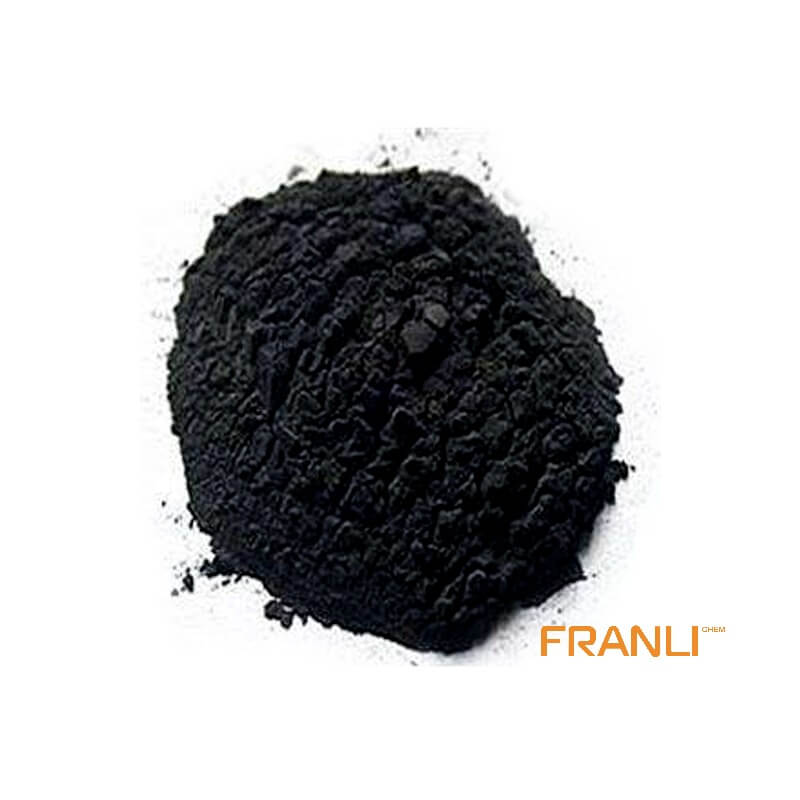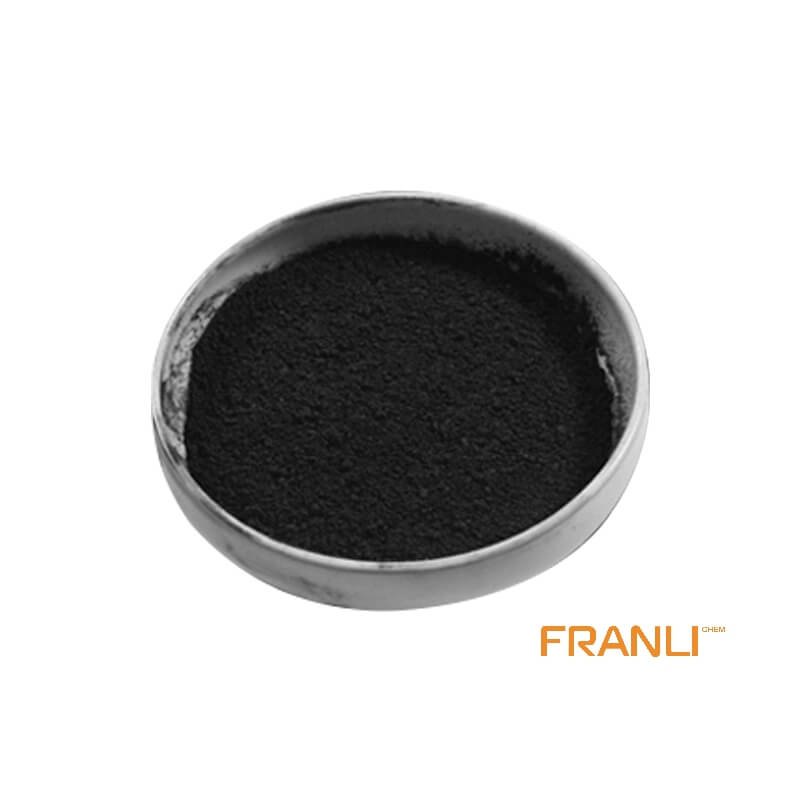


Purity Graphite
Size
According to your requirements
Package
25 kg small bags into ton bags or ton bags
Features
good temperature resistance, self lubrication, conductivity, etc.
Application
Can be used in machinery, metallurgy, chemical industry, military industry, etc.
High purity graphite is also called molded graphite, which means that the carbon content of graphite is more than 99.99%, which has good electrical conductivity, high temperature resistance, oxidation resistance, low resistance coefficient, corrosion resistance, high purity, self lubrication, thermal shock resistance, isotropy, easy to be machined and so on.
Request a quoteThe flotation method is one of the conventional mineral purification methods with less energy consumption and reagent consumption and lower cost. This is a major advantage of the flotation method to purify graphite. However, when using the flotation method to purify graphite, only the grade of graphite can be improved. achieve limited improvement. For flake graphite, the use of multi-stage grinding not only cannot completely dissociate the monomer but also is not conducive to protecting the large flakes of graphite. Therefore, it is neither economical nor scientific to further improve the graphite grade by flotation. For high-carbon graphite with an amount of more than 99%, pure graphite must be purified by chemical methods.

Here are some general methods to make pure graphite, as following:
(1) Chlorination roasting method
The low roasting temperature and small chlorine consumption of the chlorination roasting method greatly reduce the production cost of graphite. At the same time, the carbon content of graphite products is equivalent to that after treatment with the hydrofluoric acid method. In contrast, the recovery rate of the chlorination roasting method is higher, but because chlorine gas is toxic and corrosive, it has higher requirements for equipment operation and requires strict Sealing, the exhaust gas must be properly handled, so its popularization and application are limited to a certain extent.
(2) Alkaline acid purification method
The carbon content of graphite purified by the alkaline-acid method can reach more than 99%, which has the characteristics of less one-time investment, high product quality, strong process adaptability, etc., and also has conventional equipment and strong versatility (except for graphite, many non- The purification of metal ores can all use the alkali-acid method) and other advantages. The alkaline-acid method is the most widely used in my country today, but its disadvantages are high energy consumption, long reaction time, large loss of graphite, and serious wastewater pollution.

(3) Hydrofluoric acid method
The main advantages of the hydrofluoric acid method are high impurity removal efficiency, high grade of the obtained product, little impact on the performance of graphite products, and low energy consumption. The disadvantage is that hydrofluoric acid is highly toxic and corrosive. Strict safety protection measures and strict requirements for equipment also lead to increased costs. In addition, the wastewater produced by the hydrofluoric acid method is highly toxic and corrosive and requires strict treatment before it can be discharged. The investment in environmental protection also greatly reduces the advantages of the low cost of the hydrofluoric acid method.
(4) High-temperature method
The great advantage of the high-temperature method is that the carbon content of the product is extremely high, and can reach more than 99.995%. In addition, the energy consumption is large, the high electricity bill increases the production cost, and the harsh production conditions also make the application range of this method extremely limited. Small-scale production of graphite has not yet been promoted in the industry.
Comparative analysis shows that several methods of graphite purification have their advantages and disadvantages. It can’t reach 99.9%; the hydrofluoric acid method has a good impurity removal effect, and the product has high fixed carbon content, but hydrofluoric acid is highly toxic and corrosive and requires strict safety protection measures and production conditions, and the wastewater is not easy to treat; chlorine The chemical roasting method also needs to be strictly sealed due to the toxicity and strong corrosiveness of chlorine gas; the high-temperature method can produce very high-grade high-purity graphite, but it cannot be promoted due to its limitations, and it is only used in a small range.



